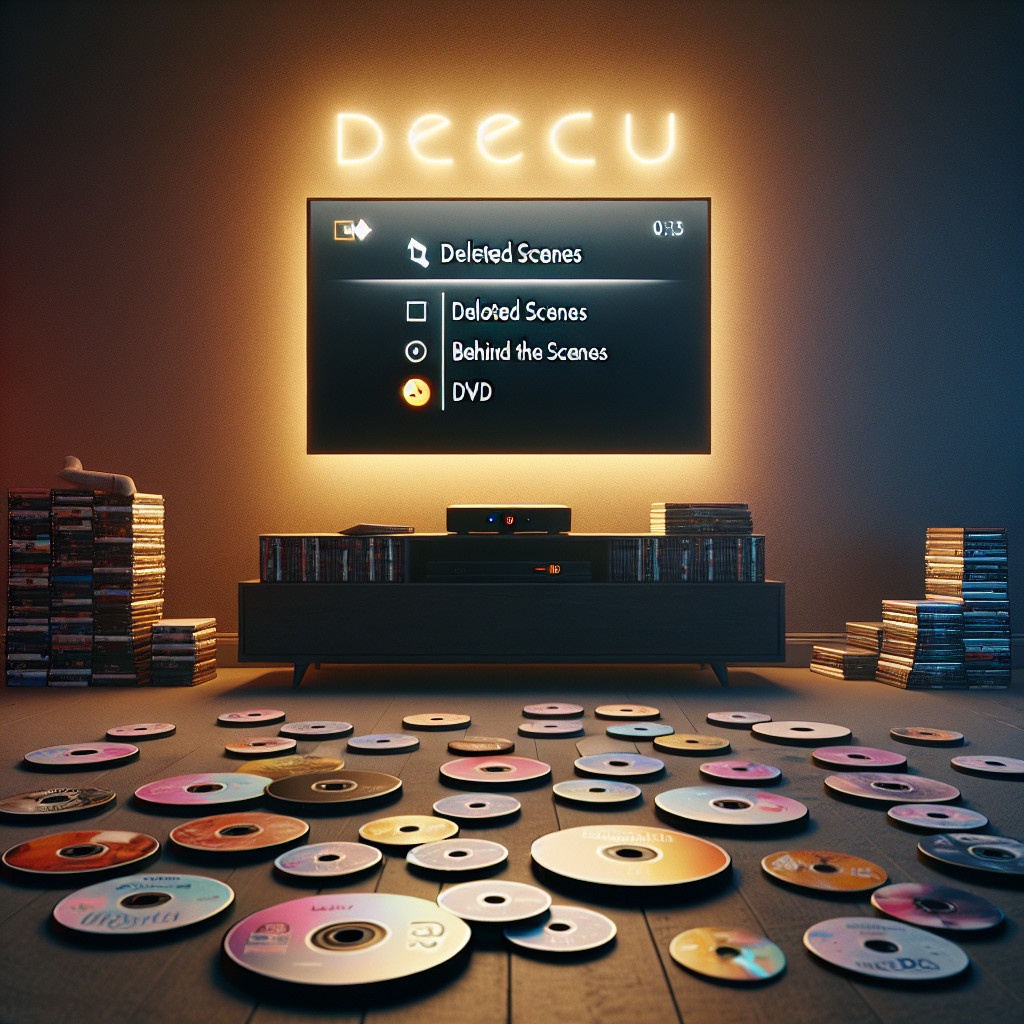The digital era has ushered in monumental changes in how we consume media, particularly with the rise of streaming services like Netflix, Hulu, and Amazon Prime Video. These platforms have not only altered viewing habits but also how additional content, particularly bonus features, are made available to audiences. Once a staple of DVD and Blu-ray purchases, bonus features are becoming increasingly scarce in the streaming world. This shift raises questions about the future of these extras and what it might mean for both consumers and the entertainment industry.
The Decline of Physical Media and Its Impact
With streaming services becoming the dominant form of media consumption, physical media sales, including DVDs and Blu-rays, have seen a significant decline. According to a report from the Digital Entertainment Group, sales of physical media have been decreasing by double-digit percentages annually. This downturn is closely tied to the convenience and instant access provided by streaming platforms, where viewers can watch a vast library of content without needing physical discs.
What Are We Losing?
Bonus features like director’s commentaries, behind-the-scenes footage, and deleted scenes have traditionally added value to physical media purchases. They offer fans deeper insights into the creative process and enhance the viewing experience. However, as streaming services prioritize a seamless and straightforward viewing experience, these features are often left out.
For example, while some platforms occasionally include bonus features, such as Netflix with its occasional ‘extras’ on select titles, it’s not a consistent practice. The inconsistency can be frustrating for cinephiles who value the depth and context that bonus features provide.
Why Are Streaming Services Omitting Bonus Features?
There are several reasons why streaming platforms might not prioritize bonus features. Primarily, the streaming business model focuses on breadth rather than depth. Services aim to offer as many titles as possible, which helps attract a broad audience. In contrast, producing and hosting bonus content requires additional resources and does not necessarily contribute to attracting new subscribers.
Moreover, the user interface and design of streaming services often emphasize simplicity and speed. Adding layers of additional content complicates the interface and could overwhelm users who prefer ease of access over additional content.
The Creative Perspective
From a filmmaker’s perspective, the lack of bonus features could be seen as a loss of a platform to share their creative vision fully. Director’s commentaries and behind-the-scenes documentaries provide filmmakers and actors a voice beyond the edited final cut, offering viewers insight into the artistic and technical complexities of movie-making.
Is There a Middle Ground?
Despite the current trend, there is potential for a middle ground. As competition among streaming services intensifies, platforms might begin to see the value in differentiating themselves by offering comprehensive bonus content. Additionally, dedicated fans are likely willing to pay a premium for enhanced versions of their favorite films and series, which could lead to new revenue streams for streaming services.
Conclusion
As streaming services continue to dominate the media consumption landscape, the future of bonus features remains uncertain. While the current trend is towards their reduction, changing market dynamics and consumer preferences could influence streaming platforms to reconsider their strategy regarding these extras.
Ultimately, whether bonus features have a future in streaming may depend on the audience’s demand and how platforms choose to respond to this interest.


